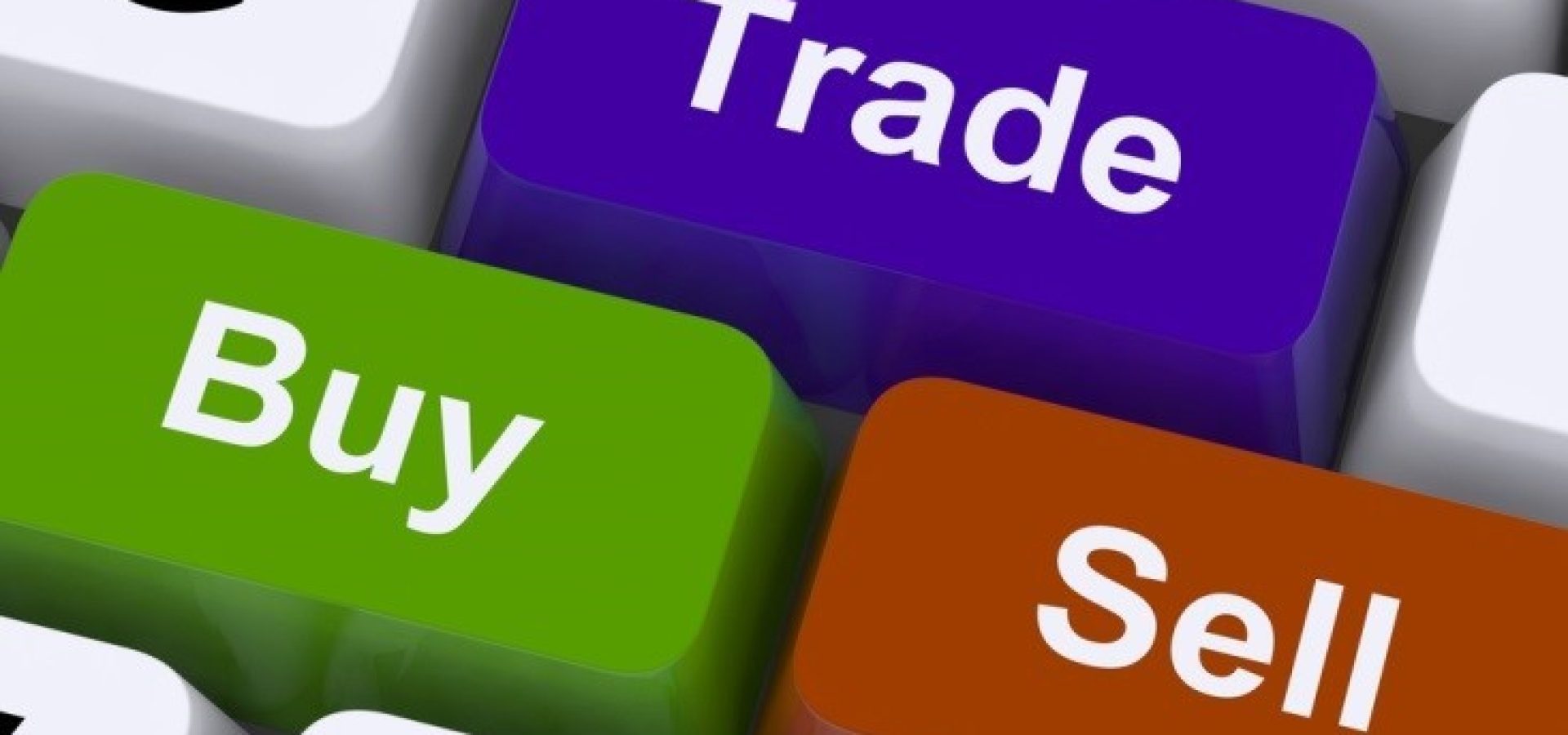Have you ever thought about how online trading works? Why is it so essential to know more about choosing the right trading platform, margin trading, shares, mutual funds, and fundamental analysis? Why are portfolio management and technical analysis important? And, ultimately, all about stop loss, exchange-traded funds, and asset allocation?
First of all, you should keep in mind that, not long ago, you had to personally meet a broker to initiate a trade. And if you didn’t have deep pockets, you didn’t belong. Rich people controlled the markets—until online trading stole the show.
So, why is it so essential to learn how online trading works? Why are terms such as “limit price, interest rate, index fund” and much more important to understand deeply? Let’s find out more about it in this article from the very beginning, shall we?
What is Online Trading?
Basically, online trading lets you trade stocks, currencies, and other assets through an online platform. It’s as simple as that.
But there are huge differences if you compare it with the traditional way of trading.
Let’s take a closer look at how online trading works.
Online trading has revolutionized the way individuals invest their money, allowing them to buy or sell a wide range of assets using an online platform from anywhere in the world. While the basic concept of online trading may seem simple, there are many differences compared to traditional trading methods that traders need to be aware of.
One of the key differences is the use of fundamental and technical analysis. Fundamental analysis involves analyzing a company’s financial and economic factors, such as revenue and earnings, to determine its value. In contrast, technical analysis entails examining historical market data to recognize trends and patterns in order to forecast future price movements.
Another key difference is the use of stop loss orders, which allow traders to set a price at which they will sell their asset automatically if it drops below a certain level. This is a crucial tool for risk management and can help traders minimize losses.
What does Online trading allow also?
Online trading also allows for margin trading, which means that traders can borrow funds to increase their buying power. While this can potentially increase profits, it also amplifies losses, making risk management even more critical.
Finally, bond ETFs are another asset that can be traded online. These are exchange-traded funds that invest in a diversified portfolio of bonds, providing a way for traders to diversify their portfolios and potentially earn a steady income.
Online trading presents a plethora of benefits, such as flexible trading hours, convenience, and access to a diverse range of assets. Nonetheless, it is crucial to comprehend the disparities between online trading and conventional trading and apply sound risk management strategies to guarantee sustainable success.
Online Trading Kicks Out the Middleman
Well, almost.
Before, you had to talk with a lot of middlemen just to execute your trade. Now, if you’re not lazy to click a few buttons, you can trade.
You have greater control over your money. No need to call or message your broker unless you really have to.
We Repeat: Greater Control
Online trading lets you execute your trades at the drop of a hat. You also get to decide when to trade and when to not trade.
That’s a lot better than having to wait for another person (broker) before you can start whipping out winning trades.
Costs are Low
Since there’s no middleman, and you’re practically free to do anything, you pay lower fees. In addition, most brokers charge very low commissions to start with.
Less money for fees and commissions means one thing…
…more money for your investment!
But since we’re talking about fees, here are some common online trading-related fees:
- Base-trade fee (fee that you pay every trade)
- Account Maintenance Fee (or account inactivity fee)
Most brokers, however, don’t charge commissions at all. They earn their cheese by the difference between the bid-ask price or spread.
Different Account Choices
When you sign up for a live online trading account, you have to choose the kind of account you want to have. In general, you got two choices:
- Cash Account
- Margin Account
Cash Account
Consider this as a straightforward checking account. And just like a checking account, you must deposit enough cash in this account to pay for an asset.
Margin Account
This, on the other hand, is more like a loan. This is slightly more complicated than a cash account. But the good thing is that it lets you control more assets than your money can afford.
- Interested in online trading? Read WiBestBroker’s comprehensive review on ICmarkets.
When using a margin account, you’re buying on borrowed funds. That’s an additional risk for you. However, margin accounts let you try out more trading strategies like short selling.
Different Order Choices
One of the most compelling features of online trading is the variety of orders it offers. These are like additional ammo for you to have better firepower.
Market Order
A market order, in terms of trading, executes at the current market price of an asset.
Limit Order
A limit order, meanwhile, executes at the price you choose. If the asset doesn’t reach the price you want, the trade won’t execute.
Meanwhile, other orders let you control the amount of losses you incur. You can think of these as your insurance for when the trade goes against you.
- Stop Orders
- Stop Limit Order
- Trailing Stop Orders
- Stock trading, Stocks market, Trading introductions, TRY trading
Get more information about margin trading
Margin trading is a common practice in the world of online trading, which allows investors to leverage their initial investment and potentially earn higher profits. In this type of trading, investors borrow funds from a broker to purchase stocks or other assets, using their existing investments as collateral. Here is how margin trading works.
Margin Requirement and Placing an Order to Buy
Margin trading requires a minimum amount of collateral, known as the margin requirement, to be deposited into the investor’s account. This requirement varies depending on the asset being traded and the broker’s policies.
Once the margin requirement is met, the investor can place an order to buy the asset they desire. The broker may also require the investor to set a buy limit order, which specifies the maximum price they are willing to pay for the asset.
ETFs Trade and Risk Management
Margin trading is also popular with ETF trade, which offers investors a diversified portfolio of assets. To manage the risk of losses, investors can set a stop price, which triggers an automatic sell order if the asset price falls below a specific level. This approach can be useful for long-term investments, as it protects the investor from sudden price drops.
The Importance of Monitoring Your Investment
It is crucial to keep a close eye on your initial investment when margin trading. If the asset’s value drops below a certain level, the investor may receive a margin call, requiring them to deposit additional funds to meet the margin requirement.
Failing to do so may lead to the broker selling off the asset to cover the margin requirement, which may result in significant losses. Therefore, it is essential to practice good risk management and regularly monitor your investments to avoid any unpleasant surprises.
Conclusion
Online trading is an advantageous tool for investors due to its flexibility, accessibility, and convenience. It enables investors to manage their portfolios and make trades quickly, allowing them to react to real-time market changes. It clearly provides individuals with a wide range of assets that were once only available to institutional investors, making it an essential tool for diversifying investment portfolios.









COMMENTS